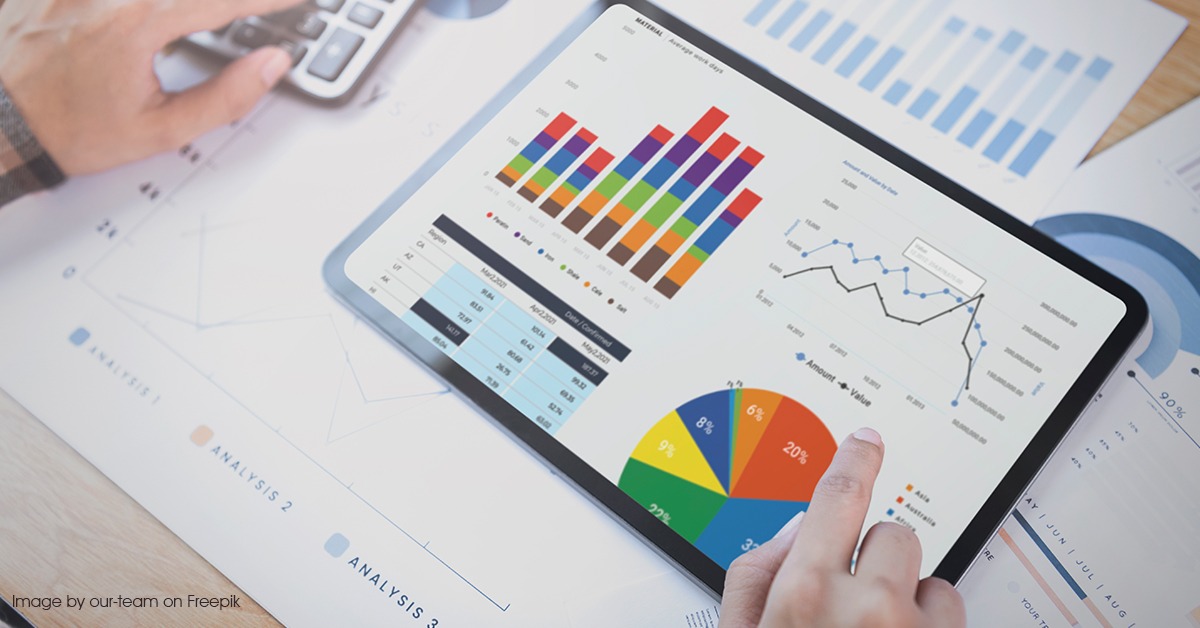Predictions for Big Data in 2023
- February 24, 2023
- Posted by: Aanchal Iyer
- Category: Big Data Analytics

Predictions for Big Data in 2023
Introduction
In the world today, the trends of big data are increasingly vital. The benefits of deploying these trends comprise better efficiency, decision-making, the implementation of the best practices for managing big data, and more data insights. Big data trends can enable businesses to make better decisions, offer a better customer experience, overcome challenges, and improve efficiency. In this blog, we will cover some the five big data trends for 2023 and beyond.
The Rise of Machine Learning
Machine learning (ML) has been around for some time, but only now are we realizing its true potential. We understand that it is not only about Artificial Intelligence (AI) but about how machines can learn from data and create predictions on their own. ML is the most essential component of big data as it can process and analyse vast amounts of data within a very short period. It achieves this by training and deploying algorithms to identify patterns in the data and then using those patterns for further forecasts. Several surveys have reveal that organizations prioritize AI and ML over other IT initiatives. This proportion is all set to increase in the near future. Predictive analysis is also on the rise as helps businesses understand customers’ reactions and potential reactions to a specific event, service, or product, and future trends.
Understanding and Targeting Consumers
Being able to understand customers’ preferences is the biggest and most publicized areas where big data is useful today. Organizations are implementing big data to be able to understand their clients and their behaviors. Businesses want to expand their conventional data sets with social media data, text analytics, browser logs, and sensor data. And big data is helping them understand their customers. The main objective is to develop a predictive model. To be able to understand and focus on their customers, businesses are deploying big data analytical tools.
Edge Computing
Edge computing is the processing, evaluation, and storage of data closer to where it is being generated to enhance the real-time analysis and response. It decreases the requirement for data to flow through networks and reduces processing and computing costs, especially bandwidth, cloud storage, and processing expenses. IDC predicts that spending on edge computing hardware, software and services will be close to $250.6 billion by 2024.
Integrating Metadata-Driven Data Fabric
With the increasing demand for big data analytics, businesses are deploying data fabric to listen, learn, and act on the metadata. Data fabric flags and recommends actions for people and systems. Organizations are integrating data fabric to improve trust in and employ data in an organization to reduce data management tasks. Examples of such data managements tasks are deployment, design, and operations. By integrating fragmented data assets, organizations can reuse the data, decrease time to market, and design a monetizable data fabric that achieves the goal.
Evaluating Business Operations and Processes
Organizations continue to implement big data to evaluate and enhance their business operations. Retailers can enhance their stock basis the predictions from social media data, weather forecasts, and web search trends.
One business process experiencing significant use of big data analytics is the delivery route or supply chain optimization. Radiofrequency identification sensors are being deployed by organizations to keep track of delivery vehicles and goods. This is being done to optimize their routes by integrating live traffic data.
To Sum Up
Big data and analytics leaders are concentrating on adaptive artificial intelligence (AI) systems, data fabrics, and data sharing. These trends enable them to drive innovation, resilience, and growth. However, organizations need to analyze the extensibility and their broader ecosystem offerings to align them with their operations.
